summer 2011 projects
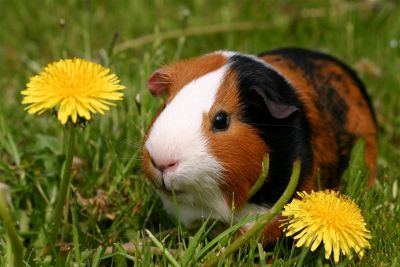
|
|

|
|
|
Allison Henry earned an Odyssey Grant to undertake a study of the striped dolphin diaphragm this summer. She is comparing the fiber-type profiles (percent slow-twitch fibers) and myoglobin contents of the costal and caval regions of the diaphragm to determine if a sphincter exists around the vena cava where it passes through the diaphragm. A caval sphincter would prevent high pressure blood from returning to the heart during a dive to depth. Allison is determining if there is a larger proportion of slow-twitch fibers and a higher concentration of myoglobin in the caval region, both characteristics of a sphincter.
|
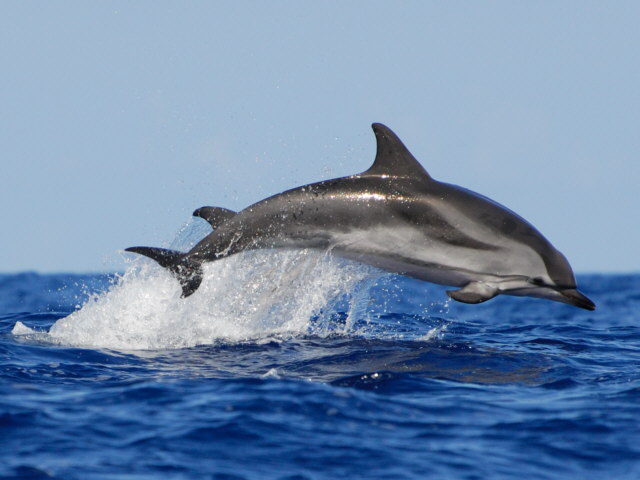
|
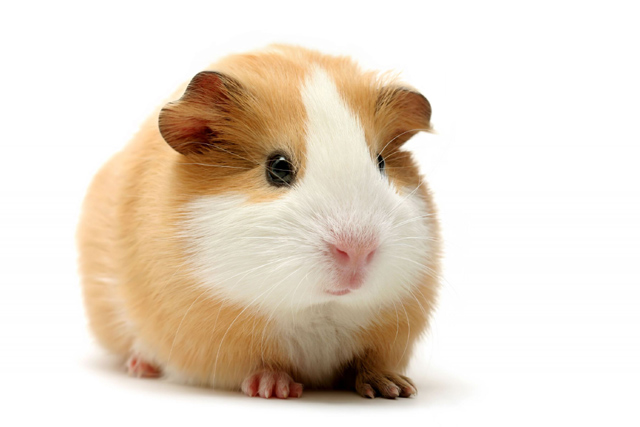
|
|
|
Sophie Moore is volunteering in the lab this summer. Her project is a study of the effects of prenatal steroids on the oxidative capacity of the guinea pig rectus thoracis, an accessory inspiratory muscle. Based on Tommy Dornhoffer's results, we expect that the slow- and fast-twitch fibers in the treated muscles will also display higher oxidative capacities than those in the control muscles. To test this hypothesis, she is staining the muscle for its NADH-TR (oxidative enzyme) activity and measuring the density of staining in the slow- and fast-twitch fibers.
|
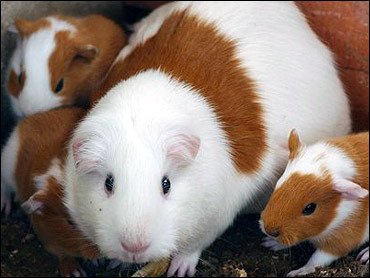
|
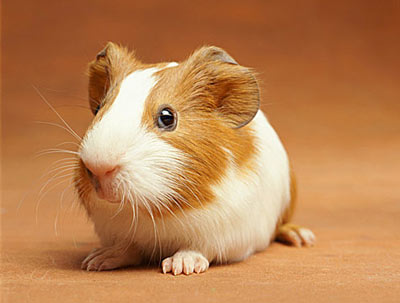
|
|
|
Ashley Redo also joined the lab this summer to determine if prenatal steroids affect the glycogen storage of the guinea pig rectus abdominis, an accessory expiratory muscle. Based on the work completed by Tommy Dornhoffer, we expect to see increased glycogen storage in the fibers of treated muscles. To test this hypothesis, Ashley is staining treated and control muscle samples for glycogen using the Periodic Acid Schiff reaction. She is then measuring the staining density of the slow- and fast-twitch fibers using Scion Image. Once her data set is complete, she will compare the staining densities of the fibers in control and treated muscles to determine if the treated muscles contain more glycogen.
|
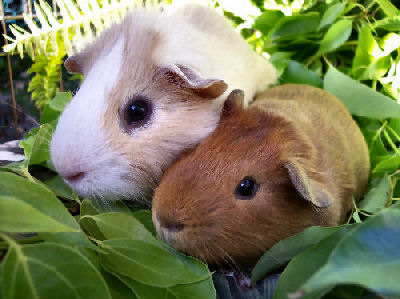
|
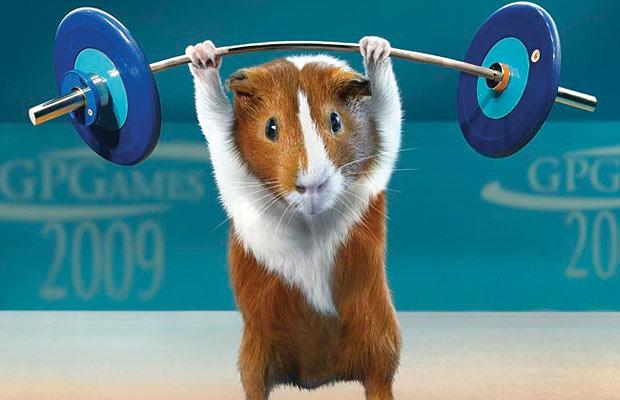
|
|
|
Josi Robertson was also awarded an Odyssey Grant to determine the role of the scalenus muscle in striped dolphin ventilation. Previous work has shown that muscles that work together to drive ventilation have similar fiber-type profiles (percent slow-twitch) and oxidative capacitites. Thus, Josi is using the myosin ATPase assay to compare the fiber-type profiles of the striped dolphin scalenus and diaphragm. She is also measuring the density of staining of the fibers in these muscles for NADH. Similar fiber-type profiles and NADH staining densities will suggest that the scalenus and diaphragm work together in the striped dolphin to power inspiration.
|
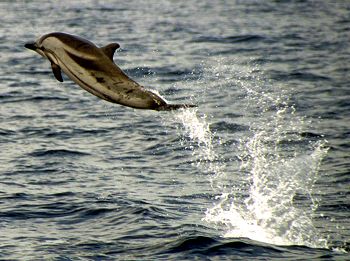
|
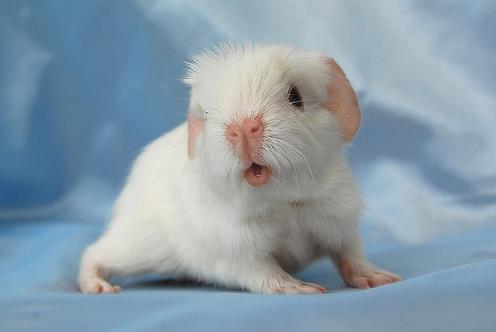
|
|
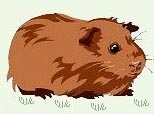 Return to research page
Return to research page  Return to home page
Return to home page